Best classic board games - ones to revisit in 2023
Proving that the old ones are still some of the best ones
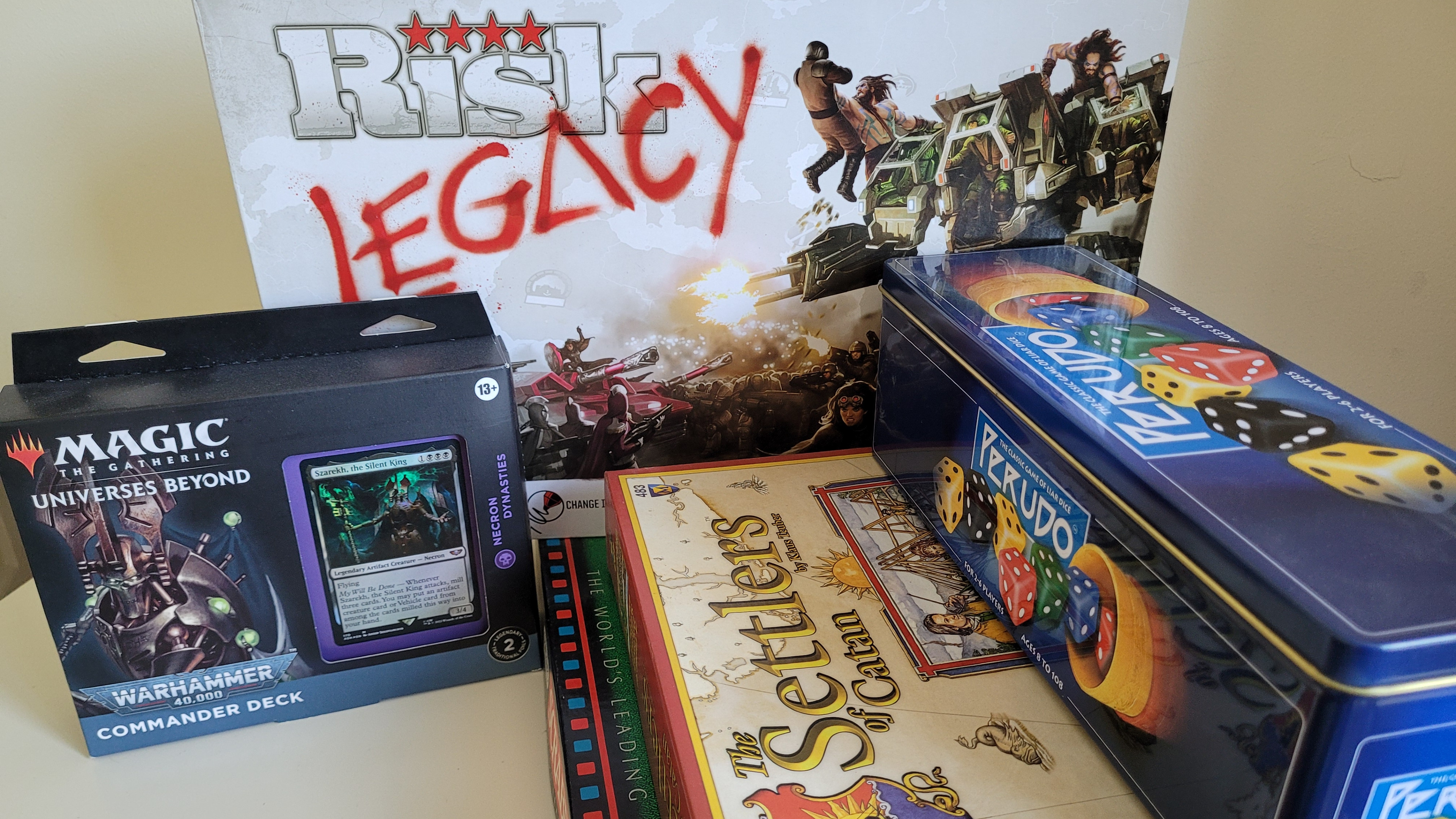
The phrase 'best classic board games' is a strange one because it can mean different things to different people. Perhaps you think of classic games to be solely the domain of ancient abstracts like Chess, Go, and Backgammon. Or maybe it’s about childhood favorites to you, games that evoke fond memories of friends and family. Others still might consider the idea of modern classics, titles that have changed the course of game design or sold a million copies.
Luckily, these categories are not mutually exclusive. Lots of much older games were still enjoyed by those growing up a few decades ago, and many of those have been given modern spins which are appreciated by the next generation. And so we’ve considered all of these aspects when compiling a list of what we think qualifies as the very best classic board game.
Yet even then, there’s an open question on what a game has to do in order to be considered a “classic”? Maybe sell a ton of copies, be quoted as an inspiration by a certain number of critics and game designers, or simply have enough cultural cachet for widespread recognition? Again, we’ve thought about all of that when compiling the list, but perhaps the bar is even more straightforward. All these games are great fun, could have a stab at being on many a best board games list, and are still widely available in shops across the world, and perhaps that’s all it takes.
And if you're looking for the most up-to-date bargains on the best tabletop games, make sure you check out our Amazon Prime Day board game deals hub for the latest discounts.
Best classic board games to play in 2023
Why you can trust TechRadar
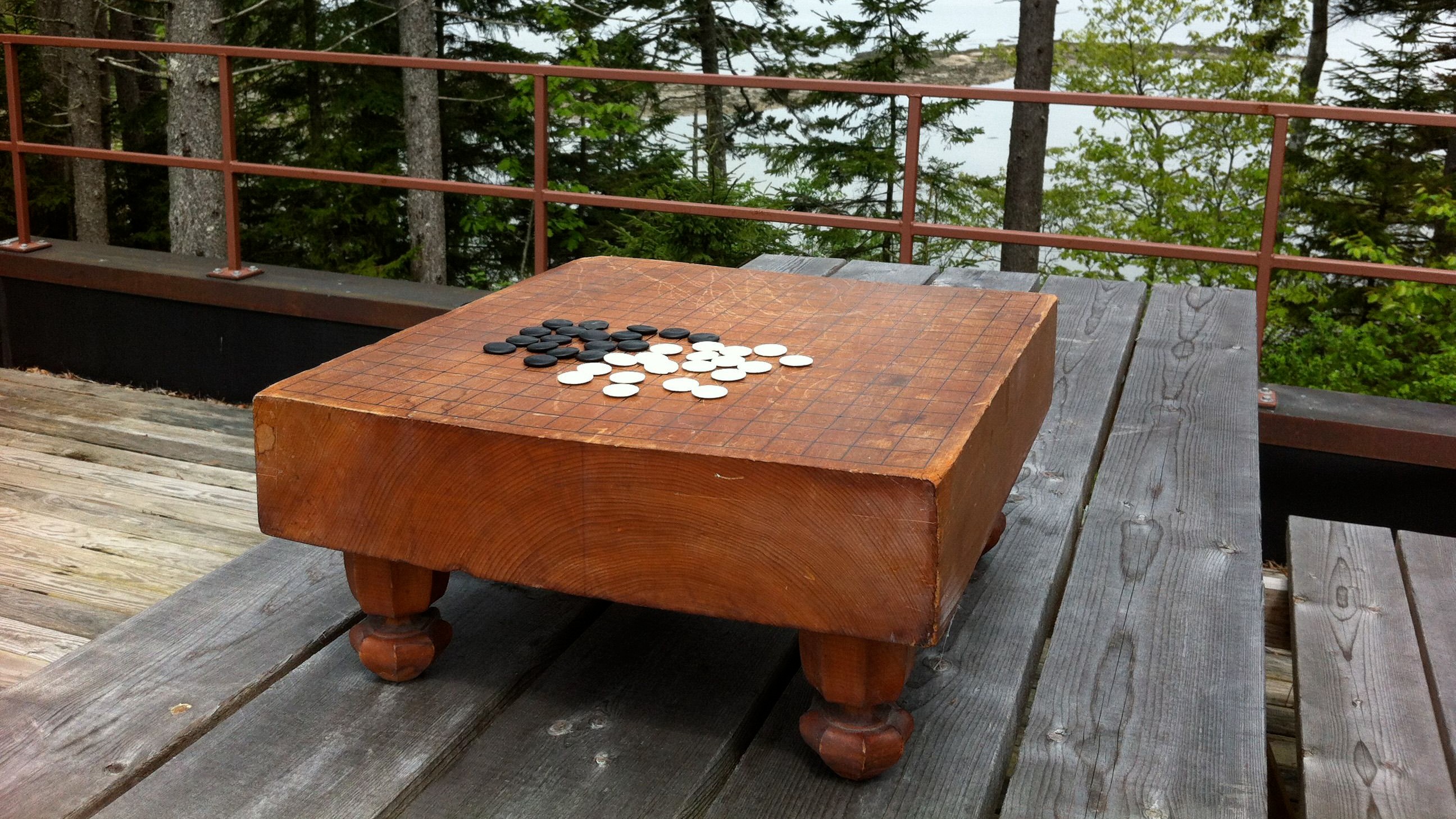
Go
# Players: 2
Age range: 8+
Complexity: Low
Play time: 30-180 minutes
What better way to start a best classic board games list than with what’s likely the oldest game that’s still widely played across the world, especially in Asia. It’s a breeze to learn: take a gridded board and place a stone of your color on an empty intersection each turn. If a stone is surrounded by an opposing color, it’s removed. That’s pretty much the whole game. Yet that simple premise conceals so much strategic depth to plumb that it’s only recently that software engines have begun to beat top human players.
We love the fact that Go genuinely takes a minute to learn and a lifetime to master; and has stood the test of time.
While that might sound off-putting, another one of Go’s charms is that it’s also surprisingly accessible. Give a weaker player a few free stones on the board at the beginning, and you can balance the most disparate of skill sets into an enjoyable game. It’s also very beautiful, with even plastic sets having an enjoyably minimalist aesthetic, all the way up to handmade boards of kaya wood with stones of slate and shell. If you only ever have room for a single game in your life, Go has to be a prime contender.
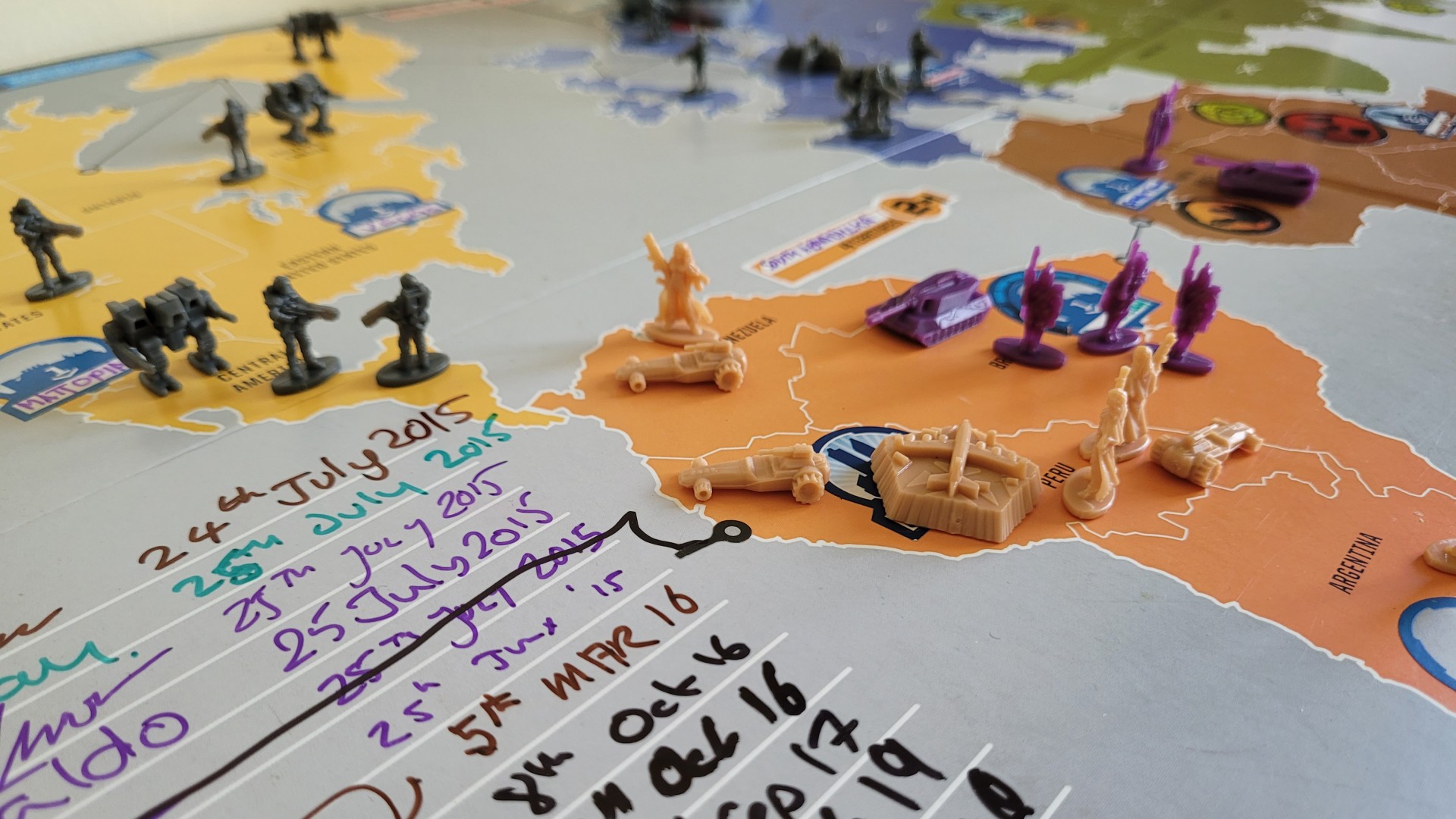
Risk: Legacy
# Players: 3-5
Age range: 12+
Complexity: Medium
Play time: 60-90 minutes
A lot of popular family-friendly classic board games have a poor reputation among gaming enthusiasts, and the original Risk is no exception, despite the primal joys of conquest and dice-rolling that it provides. However, unlike most of its peers, Risk has generated a number of genuinely excellent spin-offs that cut down the play time and increase the strategy, such as Risk: 2210 A.D, Risk: Star Wars Edition, and, most recently, Risk: Europe. However, the crowning glory of the whole range is the campaign version Risk: Legacy.
The classic game of global domination but this time its faster, deeper and wholly unique to you.
It starts out a lot like the original, except players are vying to control each other’s bases instead of territory, making it much shorter and giving it a better balance of offensive and defensive strategy. But it’s after your initial game ends that things come to life, as the victor gets to make permanent changes to the board or cards that will affect all subsequent games. As you progress through the campaign, you’ll unlock new rules, open secret packs, and slowly build up a version of Risk that’s wholly unique to you and your group.
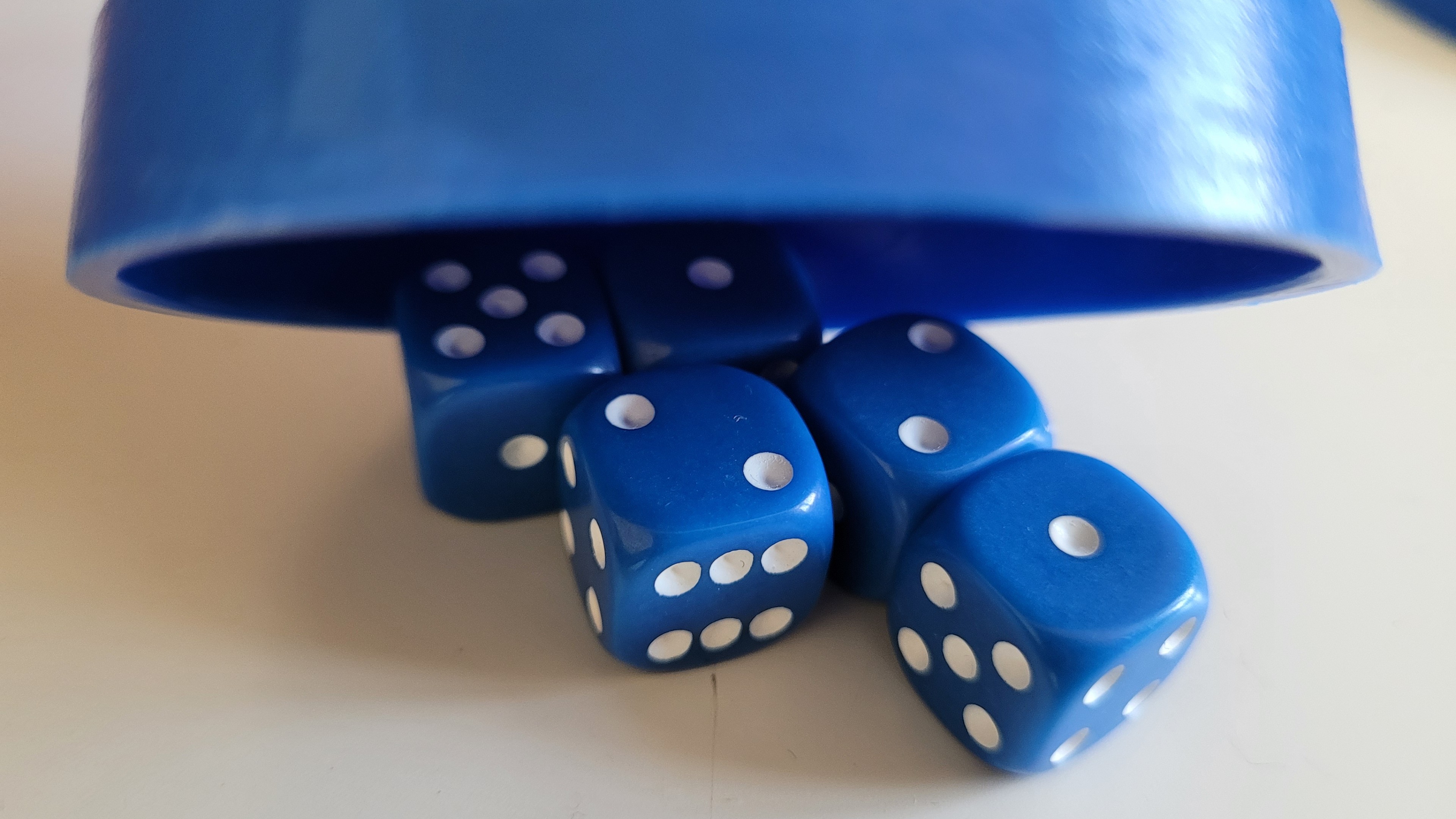
Perudo
# Players: 2-6
Age range: 8+
Complexity: Low
Play time: 15-30 minutes
You may well have come across this dice game in another guise: Perudo is simply a branded version with a slight rules twist of an older classic that’s often known as Liar’s Dice. And while Perudo and its peers often come with some lovely components, you can, in fact, play it with a handful of ordinary dice. The drill is simple: roll your dice in secret, and then make a guess as to how many there are of a particular number among the player’s rolls. As each player calls a number, however, they have to increase the overall score, meaning someone, at some point, is going to overestimate, get challenged, and loose a die.
You can lie your way to victory in this enthralling combination of statistical strategy and luck.
The charm of this classic board game is the way that it combines genuine statistical strategy - despite the initial appearance of high randomness, skilled players can win over and over again - with the excitement of inching the bid up and up while giving everyone a feeling they’re still in with a chance. You can defend two dice, even one if you’re smart, and whittle down the opposition. It’s a magical formula that has ensured this folk classic has persisted down the ages.
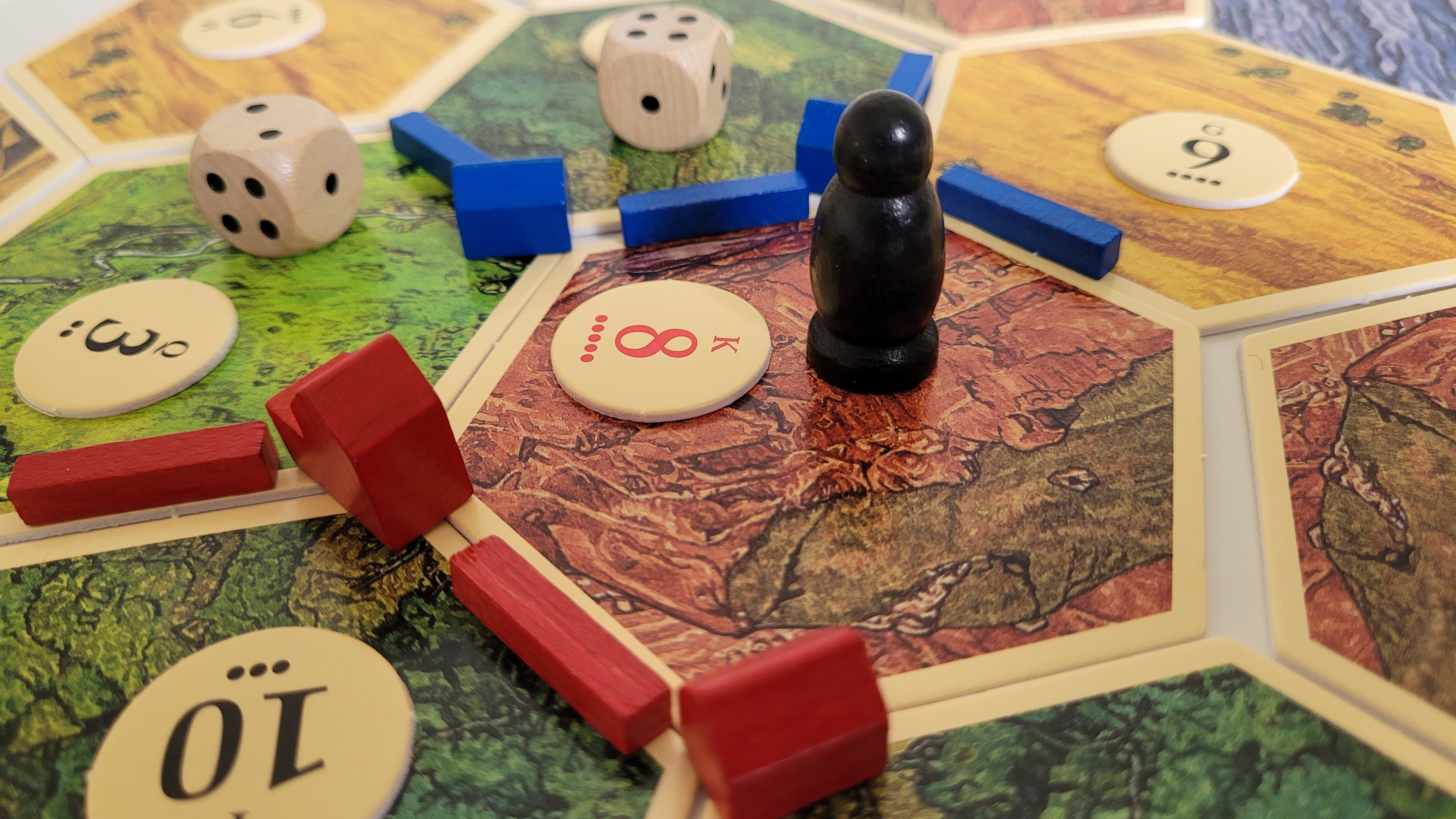
Catan
# Players: 3-4
Age range: 10+
Complexity: Medium
Play time: 60-120 minutes
Before 1995, “board game” to most people meant lightweight family fun or heavyweight military simulations. Then Catan arrived from Germany and changed everything. Rather than using dice to move or fight, players rolled them to determine which tiles on a map produced resources, with all players who’d built nearby receiving the largesse. At a stroke, this retained the thrill of dice rolling in a far more strategic framework that rewarded forward planning. And there’s the pleasure of spending resources to expand, seeing your roads and settlements inch across the island toward victory.
The emphasis on careful choices of where to build and what to trade that propel your growing empire to lordship of an island.
Even those boxed into a corner could still prosper by making cunning trades with their opponents. The game is cleverly designed so that it’s almost impossible to get all the things you need for victory by yourself, so you’re forced to cooperate with other players to some extent. And as the end game creeps into view and the stakes rise higher, you might just find that the price for that last piece of stone you need is shooting up towards stratospheric levels. You can play Catan as a critical slice of gaming history, but it's still entirely worth your time on its own merits as a classic board game.
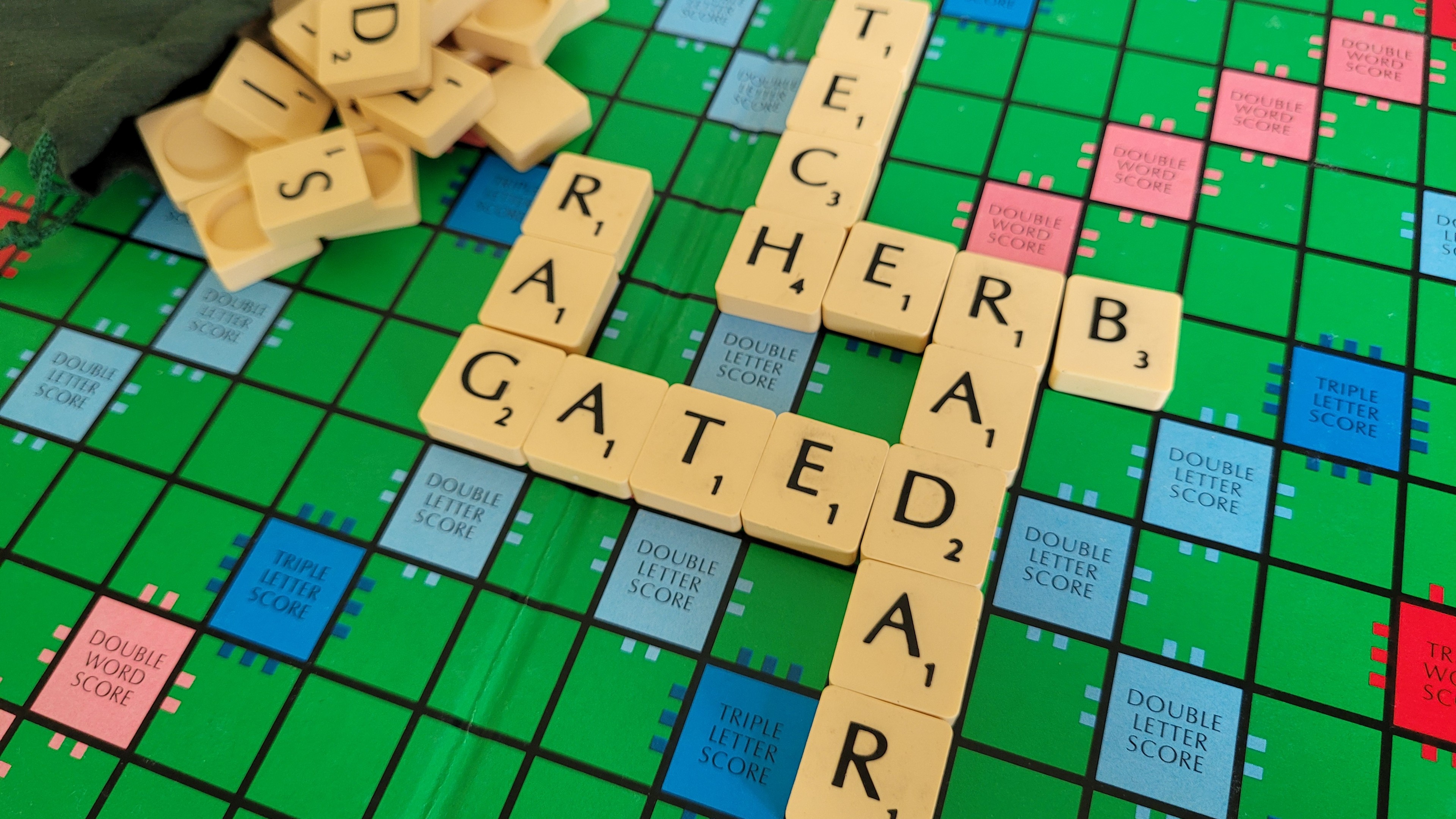
Scrabble
# Players: 2-4
Age range: 10+
Complexity: Low
Play time: 60-120 minutes
You know Scrabble, and everyone knows Scrabble - that’s one of the great strengths of Scrabble. Wherever you go, someone will have a set and no one needs to explain the rules of this classic board game. And it’s no surprise it’s become such a ubiquitous success with its smart combination of accessible yet challenging play that taxes both your vocabulary and your sense of spatial strategy as you seek out corners of the board where you can dump that extraneous “Q” next to an “I” for maximum points.
The classic testing of both your lexical skills and ability to control the board makes this best-selling word game perennially fun.
Sure it can take a while, but if that’s a problem then add a timer to proceedings like they do in official competitive Scrabble, which allocates a mere 25 minutes of total thinking time to each player. And you’re likely to learn a lot as you play, not only the definition and spelling of any number of obscure words, but to develop your eye for which letters to hold and which to play, and how to spread across the board and chain letters to offer yourself scoring opportunities while denying them to others.
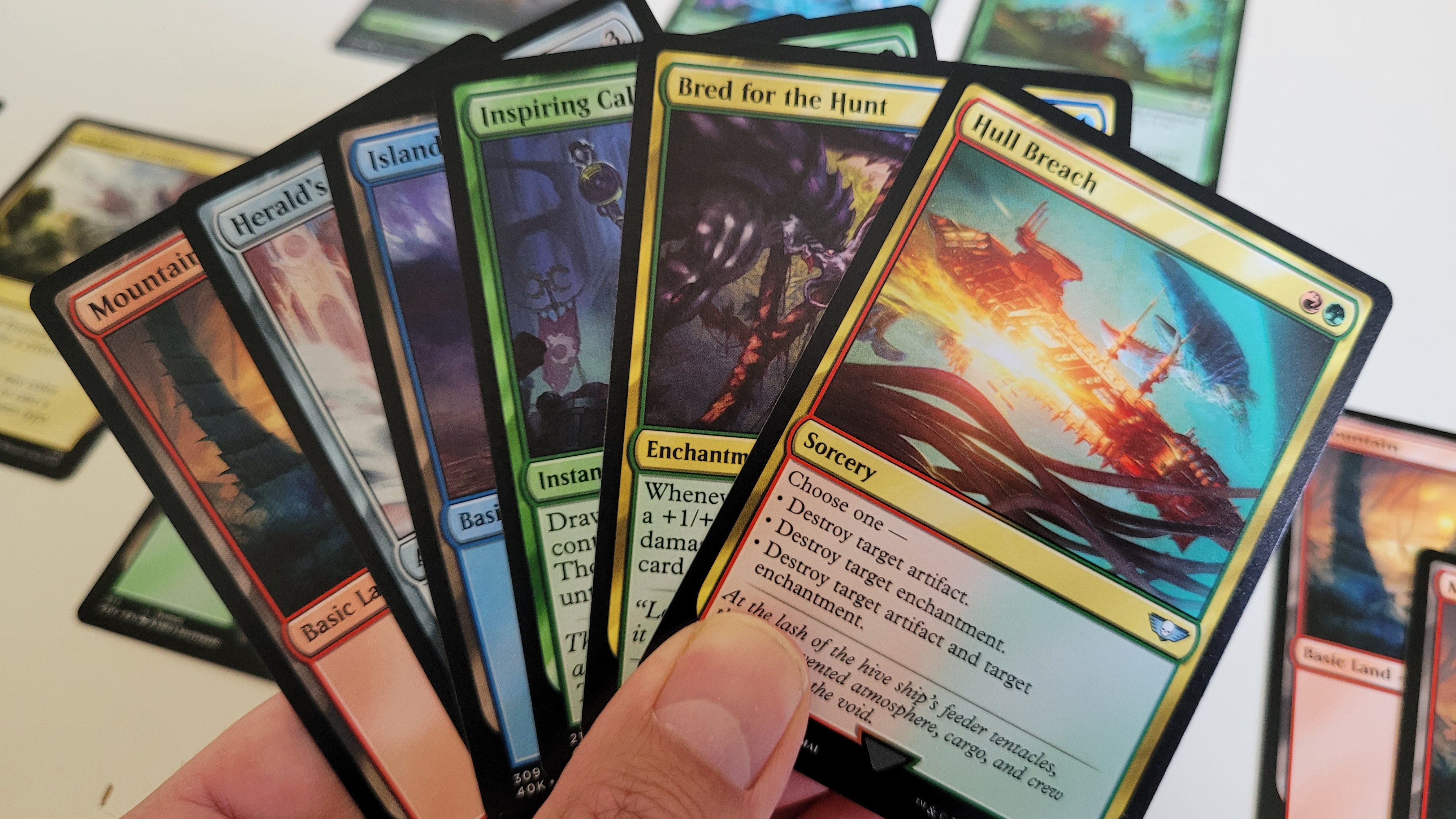
Magic: The Gathering
# Players: 2 (although you can play with more)
Age range: 12+
Complexity: High
Play time: 15-30 minutes
Back in 1993, tabletop gaming was in the doldrums to some extent until it was suddenly saved by the commercial juggernaut of Magic: the Gathering. Its innovation was that it was a game you could collect, buying sealed packs that might, or might not, contain particularly rare or powerful cards to add to your collection. Finding combos you could build a deck around was a strategic art in itself and then, in play, there was a rich tactical dance as you sought to find your way around your opponent’s defenses while leaving yours intact.
The satisfaction of planning a deck strategy and executing dynamic tactical counterplays in the world’s biggest collectible card craze is moreish and gripping every time.
It was an incredibly potent combination that still sells like hotcakes today. But if you’re put off by the collectible or deck-building aspects, the modern version of the game has you covered. You can now purchase pre-built starter decks to play with friends, which are hugely enjoyable in their own right. And this now-classic board game is flexible enough to mold to your tastes, with multiple modes, some of which allow more than two players, and multiple settings including popular franchises like Warhammer 40k and Lord of the Rings.
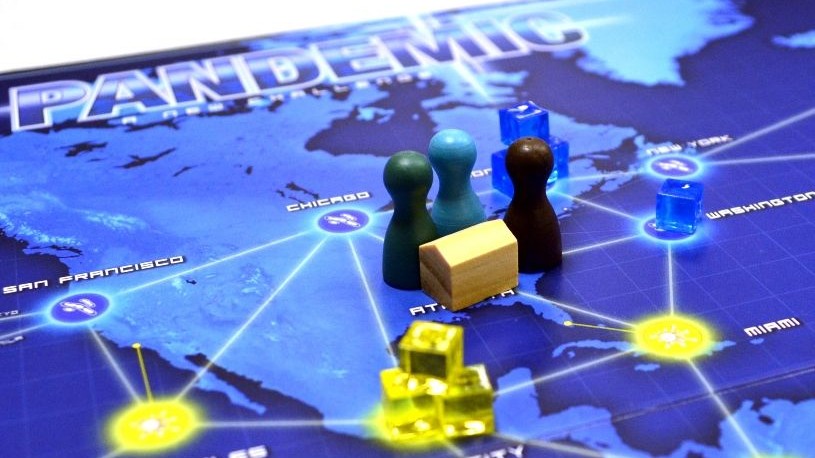
Pandemic
# Players: 2-4
Age range: 10+
Complexity: Medium
Play time: 45-60 minutes
It might seem a bit of a stretch to include a game released in 2006 on a list of classic board games, but you have to understand that while Pandemic wasn’t the first cooperative game, it was the one that kickstarted the genre, launching a thousand imitators and bringing the delights of working together in a board game to a wide audience. It’s still a go-to game for many people today when they want a cooperative title, and has found its way onto many supermarket and toy store shelves.
The fact you have to work together to save the world from infectious diseases in the cooperative title that launched a thousand imitators is so much fun.
Each player is a specialist in medicine or logistics, racing against the clock to find cures for four diseases that are sweeping the globe. Pandemic features two very clever, interlinked mechanisms that ratchet up the pressure at every turn. First, if you get too many cases in any location it triggers an outbreak, spreading infection to nearby cities which can, in turn, trigger additional outbreaks. Second, once a disease has appeared in a city, it’s very likely to do so again despite your efforts. With added cultural cachet thanks to the actual real-world pandemic we experienced, this fully deserves classic status despite its youth.
Best classic board games - FAQs
What is the best old-school board game?
When you hear the phrases "classic board game" or "old-school board game" it’s hard not to imagine childhood favorites from the last century. And when you do, you hit an issue because, sadly for your nostalgia buttons, many of them aren’t very good to revisit as an adult in a world of excellent classic board games. Probably the best family favorite is Risk, which does offer some great thrills and strategic challenges, especially if you have a version with a mission deck. But even this has several better modern versions, which we talk about below. The real contender for this title, however, is a lesser-known game called Survive or Escape From Atlantis, in which you compete to rescue pawns from a collapsing island. Lucky for you if you did have this game as a kid, but don’t despair if not: it’s still in print.
What is the best-selling board game of all time?
There are a few thorny issues to tackle in answering this question - is Monopoly the same as Monopoly Mandalorian, for example - but broadly the biggest contenders are all classic board game abstracts like Chess, Checkers, and Backgammon with sales estimates that run to billions. And that’s no surprise given they’re old, can often be bought cheaply, and have huge cross-cultural traction. Among more modern fare the Monopoly franchise tops the bill followed by other familiar names like Scrabble, Clue, and Trivial Pursuit.
How we picked the best classic board games
While there are many ways to define what constitutes a classic board game, we tried to think about all of them here. So we’ve included one of the globally popular abstracts alongside a couple of titles that were historically impactful on both game design and marketing, and some well-known family fare too, including one modern classic. However, we also wanted to cast the net widely in terms of style, which is how we narrowed things down to specific picks, including not only typical board games but also card games and cooperative games.
Looking for more board game inspiration? Check out our guides to the best board games for adults, and the best board games for two players.
Get daily insight, inspiration and deals in your inbox
Sign up for breaking news, reviews, opinion, top tech deals, and more.
Matt is a freelance writer specialising in board games and tabletop. With more than a decade of work, experience, and reviews under his belt, he has racked up credits including IGN, GamesRadar+, Dicebreaker, T3, and The Guardian.